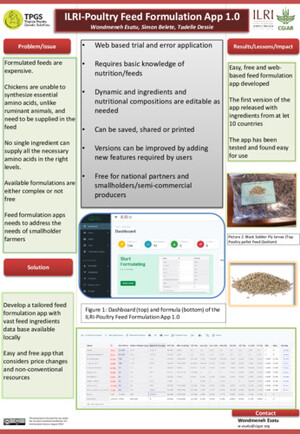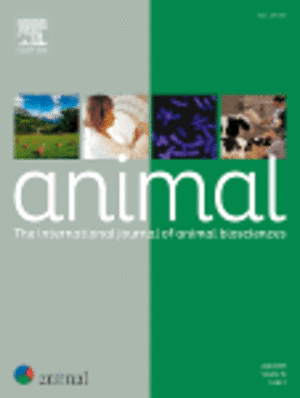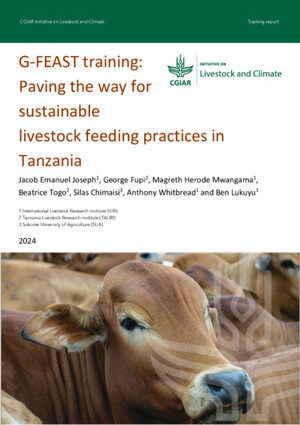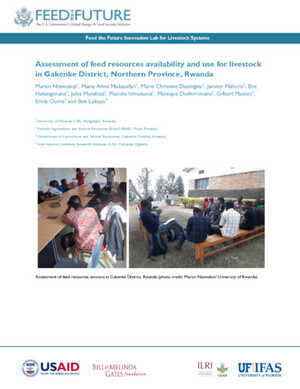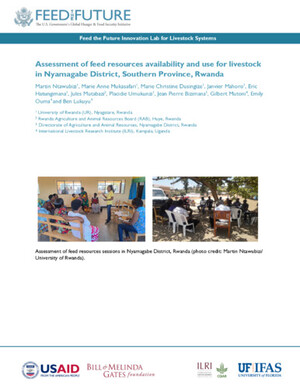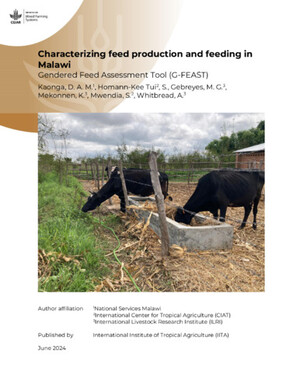
Genetic diversity and population structure of a rhodes grass (Chloris gayana) collection
Abstract
Rhodes grass (Chloris gayana Kunth) is one of the most important forage grasses used throughout the tropical and subtropical regions of the world. Enhancing the conservation and use of genetic resources requires the development of knowledge and understanding about the existing global diversity of the species. In this study, 104 Rhodes grass accessions, held in trust in the ILRI forage genebank, were characterized using DArTSeq markers to evaluate the genetic diversity and population structure, and to develop representative subsets, of the collection. The genotyping produced 193,988 SNP and 142,522 SilicoDArT markers with an average polymorphic information content of 0.18 and 0.26, respectively. Hierarchical clustering using selected informative markers showed the presence of two and three main clusters using SNP and SilicoDArT markers, respectively, with a cophenetic correction coefficient of 82%. Bayesian population structure analysis also showed the presence of two main subpopulations using both marker types indicating the existence of significant genetic variation in the collection. A representative subset, containing 21 accessions from diverse origins, was developed using the SNP markers. In general, the results revealed substantial genetic diversity in the Rhodes grass collection, and the generated molecular information, together with the developed subset, should help enhance the management, use and improvement of Rhodes grass germplasm in the future.
Citation
Teressa, A., Muktar, M.S., Assefa, Y., Hanson, J., Sartie, A.M., Habte, E. and Jones, C.S. 2021. Genetic diversity and population structure of a rhodes grass (Chloris gayana) collection. Genes 12(8):1233.





